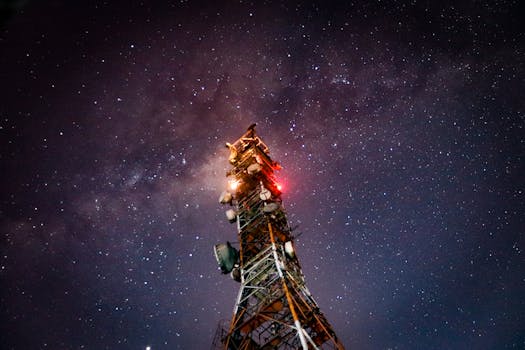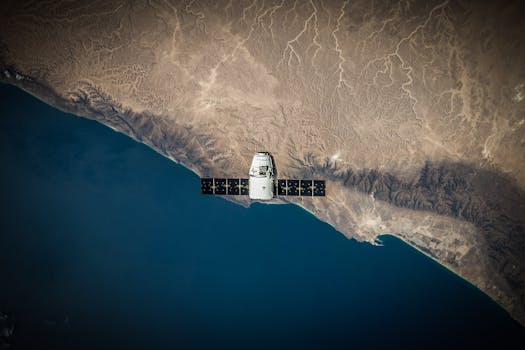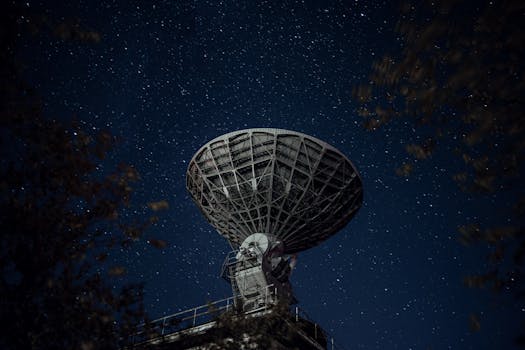
MEO Satellites: Revolutionizing Global Communication with Medium Earth Orbit Technology
MEO satellites, or Medium Earth Orbit satellites, are a type of artificial satellite that operates in an orbit between 2,000 and 36,000 kilometers above the Earth’s surface. This orbit is significantly lower than the Geostationary Orbit (GEO) used by traditional communications satellites, which orbit at an altitude of approximately 36,000 kilometers. The lower orbit of MEO satellites allows for faster and more reliable communication, making them an attractive solution for a wide range of applications, including telecommunications, navigation, and Earth observation.
The use of MEO satellites is becoming increasingly popular due to their ability to provide global coverage with a smaller number of satellites compared to Low Earth Orbit (LEO) systems. Additionally, MEO satellites offer a lower latency than GEO satellites, which is critical for applications that require real-time communication, such as video conferencing and online gaming. The medium earth orbit also provides a better signal-to-noise ratio, resulting in a higher quality of service and a more reliable connection.
How MEO Satellites Work

MEO satellites work by transmitting and receiving signals to and from Earth stations, which are typically located on the ground or in other satellites. The satellites use a range of frequencies, including Ka-band, Ku-band, and C-band, to transmit data, voice, and video signals. The signals are then amplified and re-transmitted back to Earth, where they are received by the destination Earth station. The use of MEO satellites allows for a more direct and efficient communication path, reducing the latency and increasing the overall quality of the signal.
The MEO constellation typically consists of a network of satellites that work together to provide global coverage. Each satellite has a specific footprint, or coverage area, and the satellites are designed to overlap their footprints to ensure seamless handovers and continuous coverage. The constellation is usually controlled by a network of ground stations, which monitor the satellites’ performance, adjust their orbits, and manage the communication traffic.
Applications of MEO Satellites

MEO satellites have a wide range of applications, including telecommunications, navigation, Earth observation, and scientific research. In the telecommunications sector, MEO satellites are used to provide broadband internet access, mobile phone services, and video conferencing. They are also used for navigation purposes, such as providing location information and timing signals for GPS and other satellite navigation systems.
In the Earth observation sector, MEO satellites are used to collect data on the Earth’s environment, climate, and natural resources. They can provide high-resolution images of the Earth’s surface, monitor weather patterns, and track changes in the environment. MEO satellites are also used for scientific research, such as studying the Earth’s magnetic field, the atmosphere, and the effects of space weather on the Earth’s environment.
Benefits and Challenges of MEO Satellites

The use of MEO satellites offers several benefits, including faster and more reliable communication, global coverage, and a lower latency than GEO satellites. MEO satellites also provide a more direct and efficient communication path, reducing the need for intermediate satellites or ground stations. However, the use of MEO satellites also presents several challenges, such as the need for more complex and expensive satellites, the requirement for a larger number of satellites to achieve global coverage, and the potential for interference from other satellites or ground-based systems.
Despite these challenges, the use of MEO satellites is becoming increasingly popular, driven by the growing demand for faster and more reliable communication services. The development of new technologies, such as advanced propulsion systems and more efficient payloads, is also making MEO satellites more attractive and cost-effective. As the satellite industry continues to evolve, it is likely that MEO satellites will play an increasingly important role in providing global communication services and supporting a wide range of applications.
See more:

